In August, we paid a networking and benchmarking visit to Portland, Seattle and Vancouver in order to find out what factors have contributed to these areas developing into the world’s leading smart and clean urban environments.
The answer was surprisingly similar in all three destinations: the consistent, long-term policy adopted by each city and surrounding area, the agile application of innovative solutions and learning from mistakes.
Portland was the first city in the United States to prepare an action plan for reducing carbon emissions, as early as the beginning of the 1990s. The aim of the current Portland Climate Action Plan is to reduce carbon emissions by 40% from the 1990 levels by 2030, and by 80% by 2050.
Vancouver’s programme includes 10 goals and is described in its Greenest City Action Plan, while the goals and measures of the radical programme to reduce environmental impacts in downtown Seattle are presented in the Seattle 2030 District programme.
In other words, the answer is to set clear, measurable targets for measures, and to monitor and report progress of the measures taken. How simple is that! As long as we complement this by learning from failed projects and develop our activities.
In addition to political consensus, the success of these cities is based on a positive attitude to new experiments and the involvement of local businesses and residents.
The University of Washington in Seattle and the University of British Columbia in Vancouver actively pilot smart and clean solutions. Right from the outset, their students learn smart and clean techniques and practices that are also taught to those in work. For example, buildings complying with the LEED (Leadership in Energy and Environmental Design) certification programme have been constructed on the campuses of these two universities.
During our trip we also visited in Seattle perhaps the most advanced example of a smart building, the Bullitt Center, which is considered the greenest commercial building in the world (see title image above). In addition to a smart building management system (Figure 1), the building features a Regenerative Elevator and an eco-efficient lift designed by the Finnish firm Kone. (Figure 2).
The Myllypuro Campus – a learning environment for studying smart building solutions
As with the North American cities we visited, the Helsinki capital region could grow its green economy. It could be done, for example, by investing in energy, water and material efficiencies in the campus solutions of Helsinki Metropolia University of Applied Sciences, and by including the study of these systems in the curriculum of engineering education in construction programmes.
The totally new campus to be built in Myllypuro in Helsinki provides an excellent opportunity to pilot solutions for measuring and adjusting energy consumption and production, as well as for adjusting conditions in the building during its use.
All students participating in Metropolia’s diversified construction study programmes will study in this building. And because of the partnership agreement between Metropolia’s Construction and Real Estate Department and the Department of Real Estate, Planning and Geoinformatics at Aalto University, the two have agreed to share facilities and equipment, meaning the building services and automation solutions to be constructed in Myllypuro will benefit education as well as research and development in the field of construction technology and structural engineering across the Helsinki capital region.
By investing in the building services systems now that the construction work on the campus is started, Myllypuro can be developed into a digital learning environment and a centre of expertise for studying smart building solutions that will also provide companies with a platform for learning and utilising the latest knowledge in the field.
Another excellent project for applying smart and clean construction and building services solutions is the extension of Metropolia’s business and industrial engineering campus at Myyrmäki in Vantaa. In terms of education and research, it would be a perfect place for a water-management system similar to that in the Bullitt Center (Figure 3).
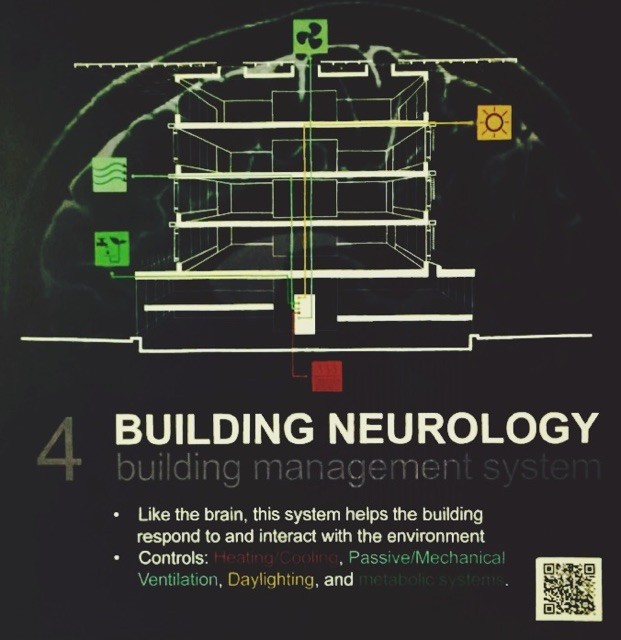 Figure 1. The Bullitt Center’s Building Neurology, a building management system.
Figure 1. The Bullitt Center’s Building Neurology, a building management system.
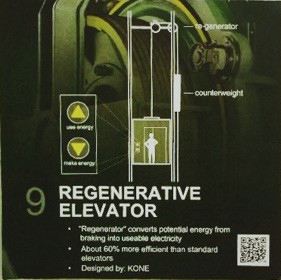 Figure 2. The operating panel in the Bullitt Center’s elevator.
Figure 2. The operating panel in the Bullitt Center’s elevator.
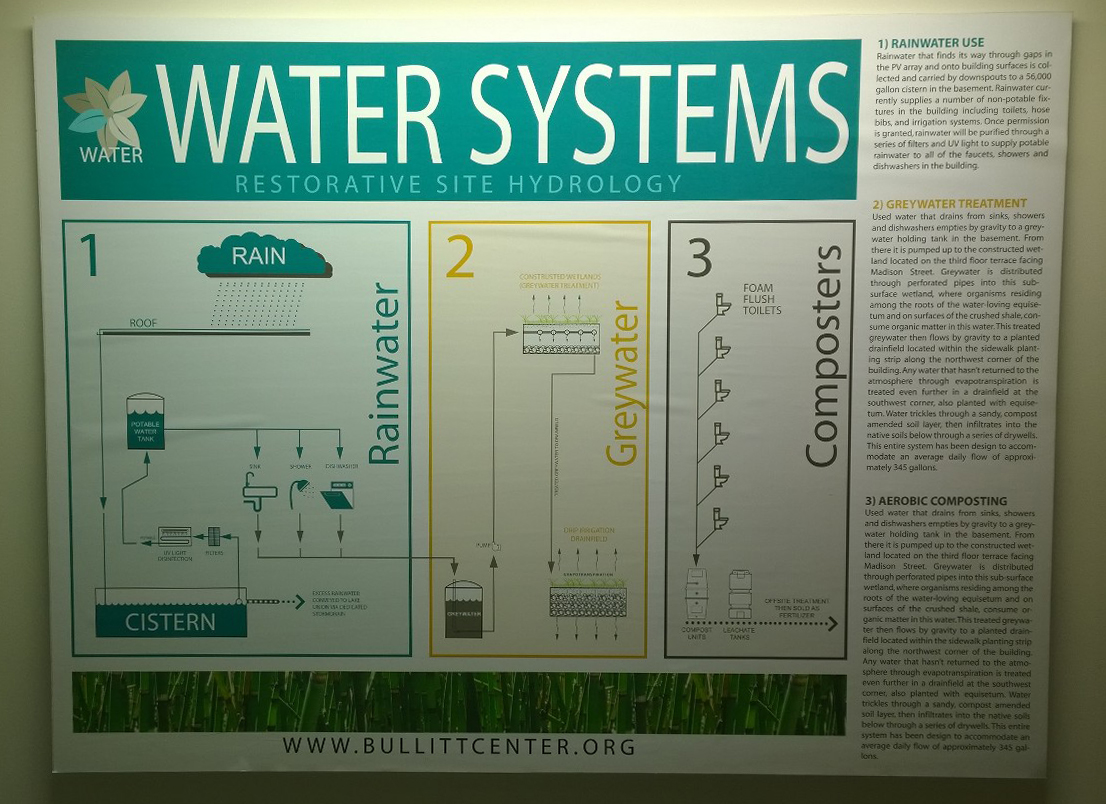 Figure 3. The Bullitt Center’s water system.
Figure 3. The Bullitt Center’s water system.
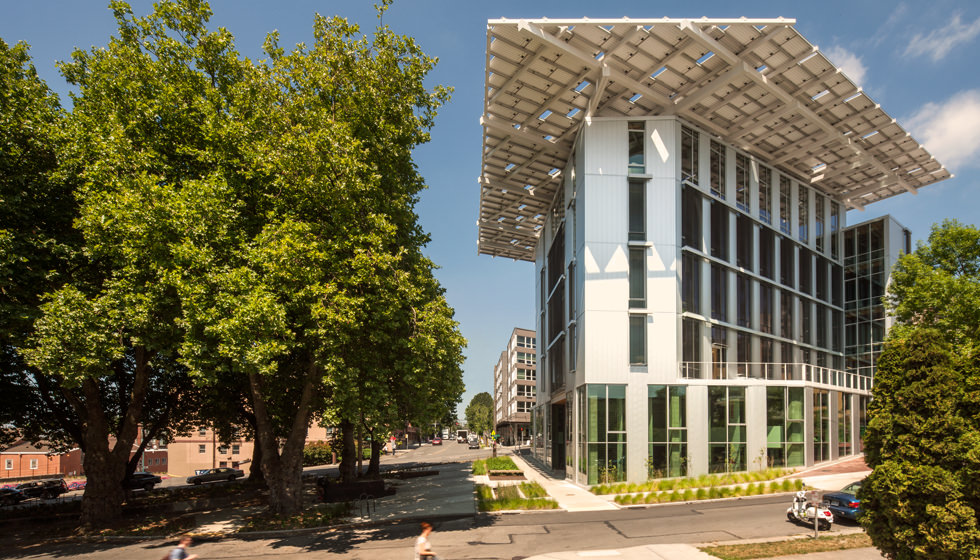
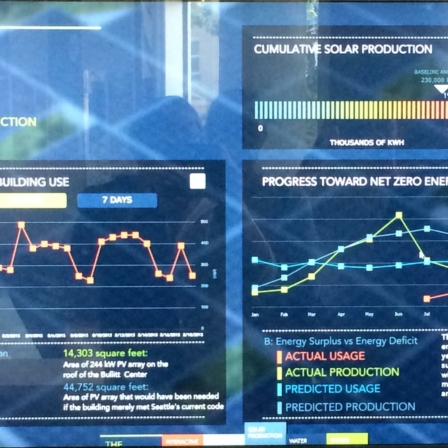
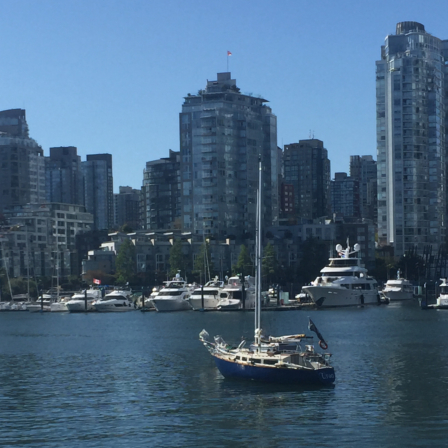


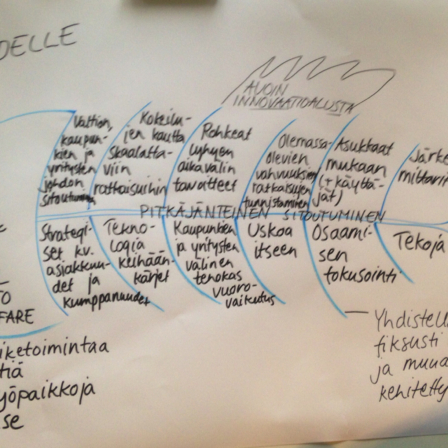
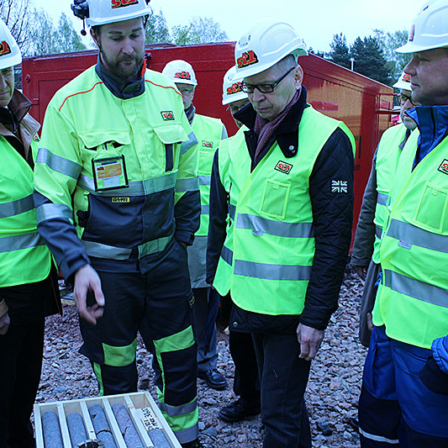
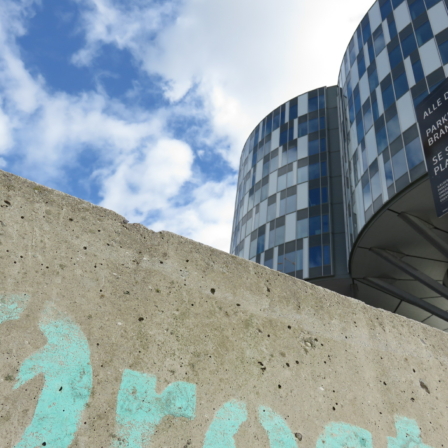
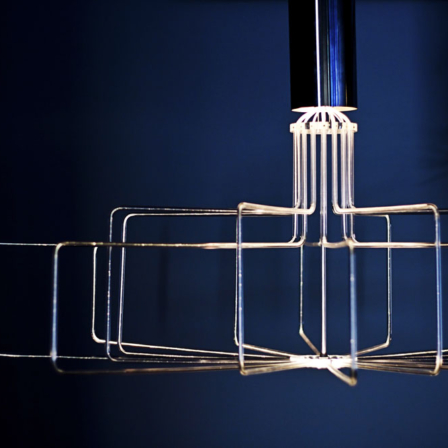
Recommended